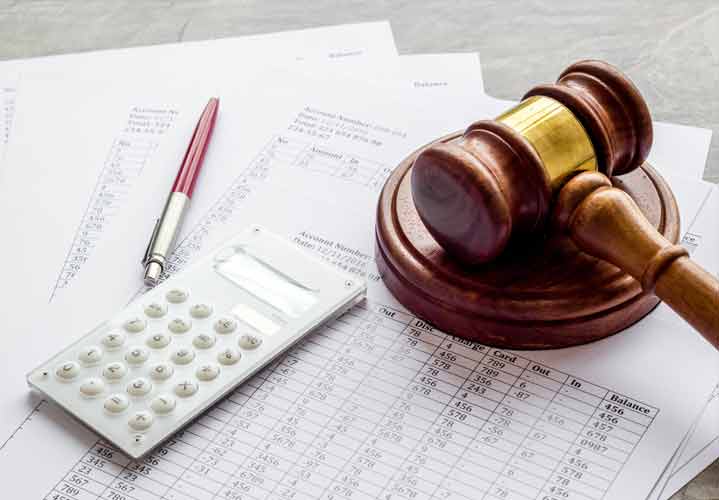Where a director acts in breach of the prohibition against the reuse of company names, a liability of the new company under a court judgment is automatically conferred to the director under section 217 of the Insolvency Act 1986 (IA86). We consider the findings in the recent case of PSV 1982 Ltd v Langdon [2021] EWHC 2475 (Ch) in more detail.
Facts
In October 2015, F purchased a yacht from Discovery Yachts Sales Limited (DYSL), which was built and supplied by Discovery Yachts Limited (DYL). L was a director of DYL between August 2016 and April 2017, during which period the yacht was delivered. In April 2017, the shares of DYSL and the business of DYL were purchased by a third party company, which then changed its name to Discovery Yachts Group Limited (DYGL). L was the majority shareholder and managing director of DYGL.
In September 2017, DYGL agreed (but ultimately failed) to remedy various defects with the yacht purchased by F.
In October 2017, DYL entered insolvent liquidation. L remained a director of DYGL at the time.
In 2018, F commenced proceedings against DYGL regarding the outstanding defects and DYGL was ordered to pay damages, costs and interest totalling over £1.1m.
Prohibition on reuse of company names
Upon DYL entering insolvent liquidation in October 2017, L was in breach of section 216 IA86.
Section 216 IA86 provides that directors or former directors of a company which enters insolvent liquidation (the liquidated company) are prohibited from acting as director or otherwise being involved with another company or business with the same or a similar name as that by which the liquidated company was known in the period 12 months prior to the commencement of the liquidation. Due to the similarities in the names of DYL and DYGL (both using the name Discovery Yachts), L was in breach of section 216 IA86 by acting as director of DYGL from October 2017 onwards.
Section 217 IA86 provides that any individual in breach of section 216 IA86 is personally liable for the debts and liabilities of the company operating under a similar name (i.e. in this case, DYGL) incurred during the period while that person is involved in its management.
Is liability under section 217 IA86 automatic?
The central issue before the court was whether the liabilities of DYGL (established in court proceedings against it) attached automatically to the defaulting director (L) under section 217 IA86, or whether they needed to be established in separate proceedings against him.
Counsel for L relied on the principle that a judgment is only binding as between the parties to the proceedings and therefore the judgment against DYGL alone could not establish a liability against L. He argued that a director should not be denied the opportunity to defend themselves and contest liability, as they would be able do if they had been a party to the proceedings. However, the court found that the purpose of sections 216 and 217 IA86 was to protect creditors of the new company and penalise defaulting directors. Directors have the opportunity to protect themselves from liability by:
- Applying for permission to be involved with a new company using a similar name
- Falling within the permitted exceptions (contained in rules 22.4 to 22.7 of the Insolvency Rules 2016)
- Applying to be made a party to the proceedings against the company in order to make representations if they consider it appropriate
Consequently, the court held that the effect of section 217 IA86 is that once a liability is established against a company, the defaulting director automatically becomes responsible for that liability. It is not necessary for the liability against the director to be established in separate proceedings.
Comment
David Steinberg, partner and co-head of the restructuring and insolvency team comments: “This is a common sense judgment which ensures the protection of creditors of phoenix companies without the need for further expensive and unnecessary litigation. The purpose of section 217 of the Insolvency Act 1986 is to make directors liable for the debts of their new companies in circumstances where they have failed to ensure that creditors know who they are transacting with. The hurdles to obtain relief should be kept to a minimum to penalise defaulting directors and maximise protection for creditors.”

 Lucy Trott
Lucy Trott